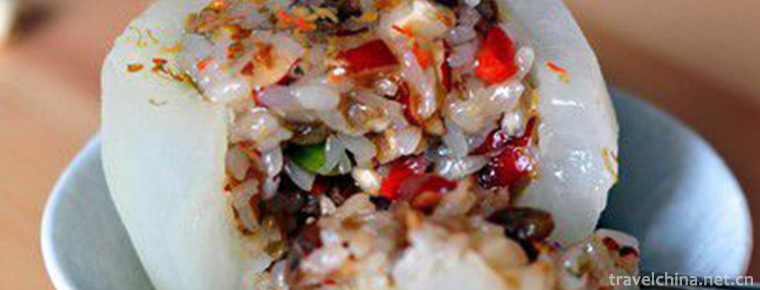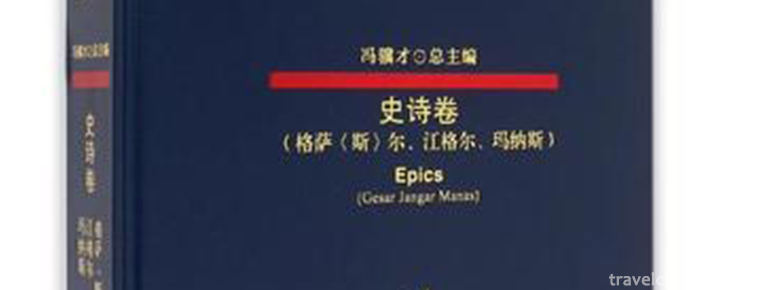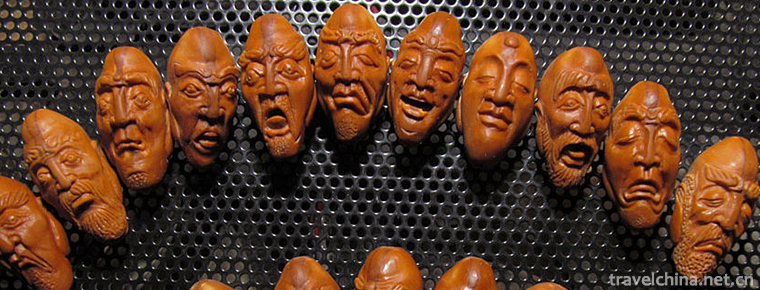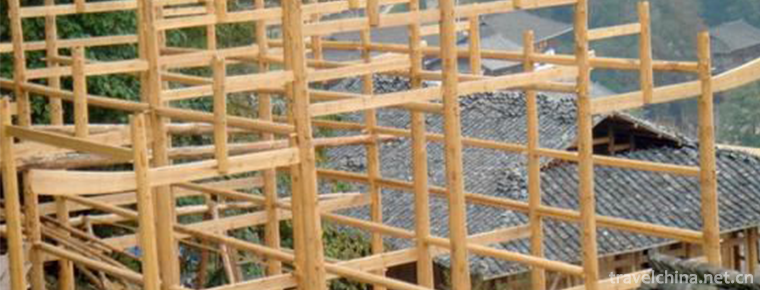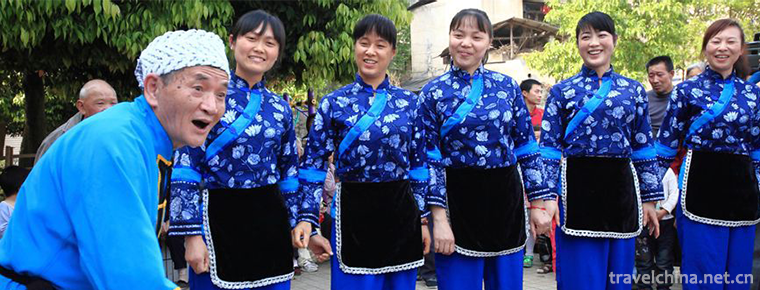Hu Ji Shu Hui
Hu Ji Shu Hui
Hu Jishu Fair is a traditional folk art fair that rose and took root in Huji Town, Huimin County, Shandong Province. Huji is the largest market town in the southeast of Huimin County, Shandong Province (formerly Wuding Prefecture). It gathers every year on the 2nd and 7th lunar calendar. The 12th day of the 1st lunar month is the first big collection after the Spring Festival. On this day, the Lantern Festival Book Fair will be held. From the rise of the Yuan Dynasty to the flourishing of the early Qing Dynasty, Hu Jishu has a history of more than 700 years. It originated from the competitive activities of the folk opera artists, and gradually evolved into the spontaneous traditional folk opera exchange activities with the characteristics of friendship and custom. Both the Lantern Festival and the Lantern Festival have become fixed items on New Year's Day.
On May 20, 2006, Hu Jishu, declared by Huimin County, Shandong Province, was approved by the State Council to be included in the first batch of national intangible cultural heritage list .
Historical origin
More than 2,200 years ago, today's Huimin area of Shandong Province entered the vision of Qin Shihuang, who "has a natural instinct in the southeast, but patrols here in the east, followed by reluctance to part with it". Emperor Qin Shihuang set up a county of disgust to suppress this "Tianziqi".
In the early stage of Hu Jishu Fair, a group of artists singing fishing drums came from the south. They were not satisfied with the northern group of artists singing fallen sons. They played against each other as if they were competing against each other. In the second year, more artists from the same industry were invited to sing in pairs. For several consecutive years, more and more artists, more and more audiences, and more influence was enlarged. Later, artists gradually realized that it was good to compete and communicate with each other in art, but they could not regard their peers as enemies. Besides, they were all poor storytellers. In order to mix up the dishes and eat the dishes, they could not dismantle each other. They should reconcile and unite. So we agreed to gather in Hu on the twelfth day of the first lunar month every year to share friendship, exchange bibliographies, impart skills, accept apprentices, and renew portals. As a result, books will be handed down from generation to generation.
Hu Jishu Fair began in Song and Yuan Dynasties and flourished in Ming and Qing Dynasties. It has a history of more than 700 years. There are different opinions on the causes of the book club, and the specific age of its rise is uncertain. A widely circulated saying is that one year, just after the Spring Festival, Hu Ji's first big collection came from the south to talk about fishing drum books, and from the north to help talk about big drum books. There was a dispute between the two sides because they were not satisfied with each other. They invited more artists to compete with each other in the coming year. In these years, the number of artists has increased year by year. Later, the artists felt that it was good for everyone to come here to perform and hate each other, so they agreed to come to Hu Ji's gathering on January 12 every year to gather together, to express their friendship and to compete in art. Such annual gatherings are handed down from generation to generation, and the scale is gradually increasing. The artists who come here to tell stories are Jinan, Weifang and Zibo. Later, the artists from Hebei, Henan, Liaoning and Heilongjiang provinces also came here to present their art.
Historical records
According to the historical records, there was a kind of rap art combining music and lyrics in the northern area during the Song Dynasty - muddy talk. By the end of the Song Dynasty, "Drum Ci" was popular again. At this time, there were book fairs every year in Huimin City, where artists gathered to discuss skills and exchange bibliographies, and "Pinghua" was very popular in the area of Huimin. By the beginning of the Yuan Dynasty, the artists moved the book to Huji Village, 70 miles southeast of Huimin City. Huji is the largest market town in more than a hundred miles. The first big gathering after the Spring Festival is on the twelfth day of the first lunar month. People around Huji flock to buy Lantern Festival supplies for the celebration of the Lantern Festival. Every year around the Lantern Festival, storytellers from all over the country take advantage of this opportunity to rush to Hu Ji from all directions to make their debuts and show their performances. The storytelling stores have been growing year by year, gradually forming a grand Hu rally.
Main activities
Anterior segment
Hu Jishu Fair is composed of "front section", "main section" and "partial section". Before the twelfth anniversary of the first lunar month, in order not to misunderstand books, storytellers who are far away from here often bring musical instruments and bedding a few days in advance and gather in Hu in twos and threes. Accordingly, amateur music enthusiasts come and live in inns in the town. On the way to Huji, the artists talked and sold their stories along the way. They arrived at Huji before the evening of the 11th. They lodged at the villagers'houses and collectively carried out the activities of "looking out for the sky" and "reporting the door", which are called "the front festival".
Positive segment
Early on the twelfth day of the first lunar month, storytellers from all walks of life came to the collection, laid down their stalls, pulled their flags and put them on the market, and presented their performances. At 10:00 a.m., drums and firecrackers burst out, and the book club officially began, from that day until the 16th of the first month, as the "official festival", which is the peak of the book club.
During the festival, there are Lantern Festival on the 15th day of the first lunar month. There are also traditional Chinese art performances such as dragon lanterns, Yangko twisting, stilt walking, core lifting, juggling and martial arts among the local people. The book will reach its climax. During the main festival of the book festival, artists'performances cost the most. Farmers in villages and towns near Huji are particularly fond of listening to books. They get up early in the morning and listen to books. They surround the storyteller with three layers inside and three layers outside. Each village also sent insiders to the book fair to select the favorite programs. After choosing the artists and programs, they took the artists'musical instruments to show the deal. So they invited artists to sing in the village and paid by the villagers. From the evening of the twelfth day of the first lunar month, for several days in succession, there are artists singing in the villages in the daytime and evening. If the master stays, the artists will continue to talk and sing. If the master does not stay, the artists will catch up with the book fair on the seventeenth day of the first lunar month.
Partial section
From the seventeenth day to the twenty-first day, it is called "partial festival". After partial festival, the book club comes to an end. During the book festival, the artists exchanged bibliographies, discussed skills, received apprentices and worshipped teachers, and were extremely happy and devoted to their work. After the book meeting was over, the artists returned along the way, and on the twelfth day of the first month of the following year, the artists returned from all sides.
Eight parties came to Hu to gather together.
Hu Jishu Fair is a real "grand drama". Artists are used to performing in the big and small empty fields and lane ends of the southern head of Hu Ji Village. The most spectacular thing is that Hu Ji Village has a dry ditch and depression 23 meters wide and 130 meters long. In this "natural" stage, artists take off their cotton clothes, pull up their sleeves, raise their voices, play drums and piano, and try their best to show their watch skills. Dedication. This stage of local accent takes the sky as the curtain and the ground as the platform. You sing your song. He sings his song. He talks about the past and the present. He plays the great rhythm of local accent passed down from generation to generation. He releases and releases his joy and sorrow heartily. It is really like "the sound of strings is like the wind blowing bamboo groves, and the sound of books is like pearls falling on a jade plate". Tens of thousands of audiences gathered around the bookstore to listen, and the dry valleys and depressions became a magnificent ocean of folk art, which was really magnificent.
Inheritance value
Hu Jishu Fair has always been a spontaneous activity of folk artists. During the Fair, people with high morality and high esteem presided over rituals such as memorial service and apprenticeship. In 1985, the government built a quyi hall that can accommodate more than 800 people, leveled the venue, and effectively managed and properly resettled the attending artists, which was welcomed.
Hu Jishu Fair, as a spontaneously formed simple folk art trading activity, has a long history and far-reaching impact. It has played a positive role in the exchange and development of folk art and enriching people's Festival Entertainment life.

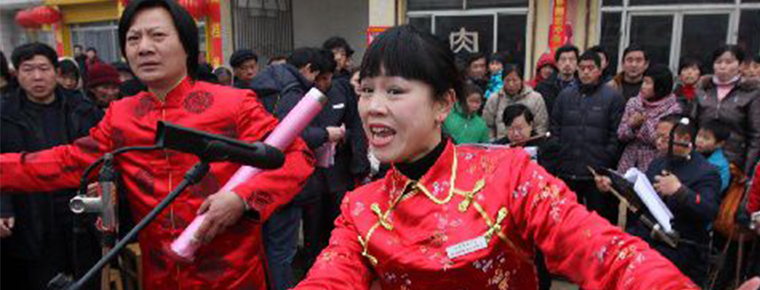
-
Dazhao Temple Scenic Area in Lhasa
Dazhao Temple, also known as "Zula Kang" and "Jue Kang" (Tibetan meaning for Buddhist temple), is located in the center of the old city of Lhasa. It is a Tibetan Buddhist temple bu.
Views: 123 Time 2018-12-12 -
Beihai Seabed World
Beihai Seabed World is a national AAAA-level tourist attraction and national marine science education base. It is a large-scale comprehensive ocean hall which mainly displays marine organisms and inte.
Views: 180 Time 2018-12-26 -
Eight treasure pear pot
Babao pear can is a delicious name, belonging to Shandong cuisine. Babao pear cans are exquisitely made and beautifully shaped, mostly for beets at banquets. If high-grade banquet, can be filled in sm.
Views: 236 Time 2019-03-26 -
Caogao Gong and drum in northern Sichuan
Licao Gong and drum in northern Sichuan is a kind of traditional folk music. It mainly distributes in four counties and three districts of Guangyuan City, Sichuan Province.
Views: 374 Time 2019-04-18 -
Gesar
Gesar (Sr) came into being in the second half of the 17th century and spread among the Mongolian people in Mongolia, Liaoning, Jilin, Heilongjiang, Qinghai, Gansu, Xinjiang and other provinces and reg.
Views: 322 Time 2019-05-01 -
Stone carving
Stone carving is a traditional Chinese folk micro-sculpture process. The peach stone, apricot stone, olive stone and walnut are carved into handicraft products, which have been listed in the second ba.
Views: 245 Time 2019-05-03 -
Gold and Silver Fine Craft
Gold and silver fine craftsmanship, Huangpu District of Shanghai, Nanjing City of Jiangsu, Jiangdu traditional handicraft, one of the national intangible cultural heritage..
Views: 207 Time 2019-05-07 -
Construction Techniques of Miaozhai Diaojiao Building
Miaozhai hanging-feet building is evolved from the form of "nest dwelling". It is built with bamboo and wood. The lower part of the building is hollow. It is called "semi-dry fence".
Views: 109 Time 2019-06-05 -
Mudong Mountain Song
Mudong folk song is a traditional folk song sung by the people of Mudong Town, Banan District, Chongqing City. Mudong folk song is a folk song sung by the people of Mudong Town, Banan District, Chongq.
Views: 127 Time 2019-06-06 -
Acupuncture
Acupuncture means that under the guidance of traditional Chinese medicine theory, needles (usually filiform needles) are punctured into patients'bodies at a certain angle, and needling techniques such.
Views: 110 Time 2019-07-25 -
Leshan secondary industry
In 2019, the industrial added value of Leshan City is 68.028 billion yuan, an increase of 8.8% over the previous year, accounting for 36.5% of the city's GDP, driving economic growth by 4.0 percentage points and contributing 52.8% to economic growth..
Views: 361 Time 2020-12-17 -
Dazhou hydrology
The rivers in Dazhou city mainly belong to the Jialing River water system, which is a tributary of the Yangtze River. It originates from Daba Mountain and distributes in the form of branches from north to south. Qianhe River, Zhonghe River and Houhe Riv.
Views: 171 Time 2020-12-20


